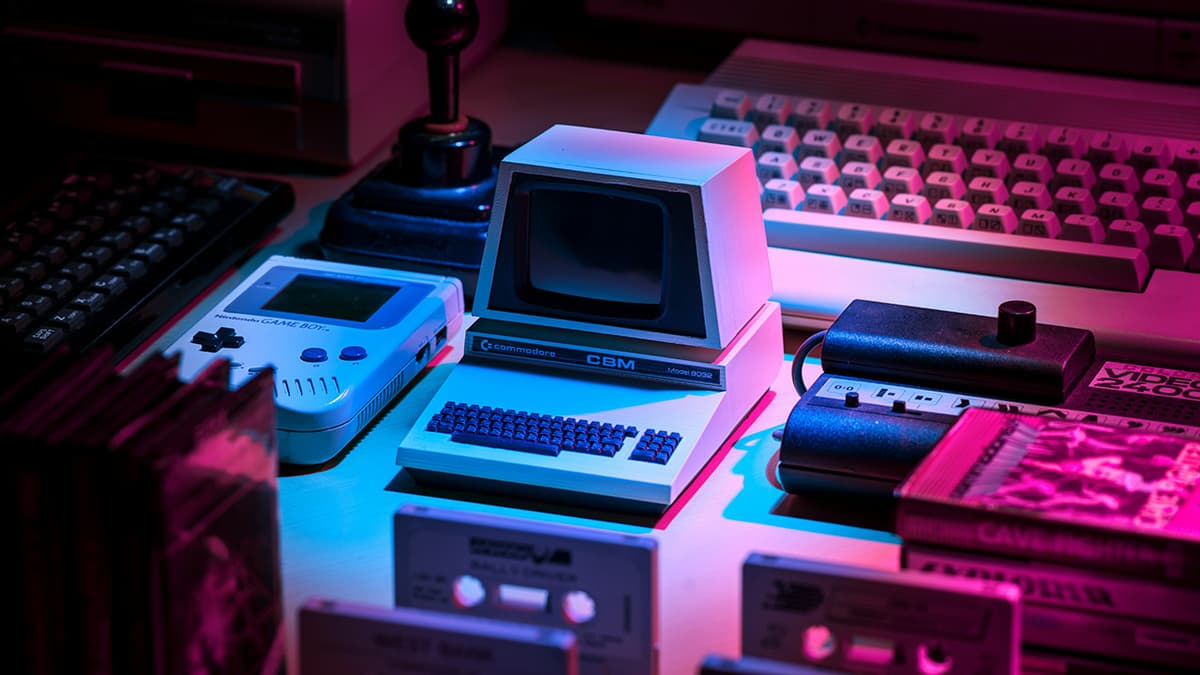Node 16 vs Node 14: What’s Different?
When choosing a version of Node.js for your projects, it's important to be aware of the changes that come with every new release. In this article, we'll discuss the key differences between Node.js version 14 and version 16 to help you make an informed decision.
What are the main new features in Node 16?
Node.js 16 introduced several exciting features that enhance performance and developer experience:
-
V8 Engine Upgrade: Node 16 uses V8 version 9.2, which means faster execution of JavaScript code and improvements in the handling of modern features like optional chaining and nullish coalescing.
-
Defaulting to ESM: In Node.js 16, ES modules (ESM) are supported as the default instead of CommonJS. This change acknowledges the gradual shift in the JavaScript community towards ESM for modular coding.
-
Apple Silicon Support: Node 16 is optimized for Apple Silicon chips, which are found in newer Macs. This means that developers using Macbooks with M1 or M2 chips can enjoy improved performance.
-
New APIs: Node 16 introduces several new APIs, including experimental support for the Web Crypto API, which enables cryptographic operations directly in Node.js.
-
Improved performance: With enhancements in the runtime and memory management, Node 16 delivers better performance metrics, making applications run smoother.
Are there security improvements in Node 16?
Yes, security is always a concern, and Node 16 comes with several enhancements:
-
Security Fixes: Node 16 addresses multiple vulnerabilities that were present in earlier versions, ensuring that applications built using this version are safer and more resilient.
-
OpenSSL 3.0: Node 16 integrates OpenSSL 3.0, which has better cryptography options and improves the security of data encryption.
What about Node 14?
Node 14, while older, still has plenty of features that benefit developers:
-
Long-Term Support (LTS): Node 14 is a long-term support version, which offers stability and is recommended for production environments. It will receive updates and support for a longer period compared to non-LTS versions.
-
V8 Engine: Node 14 comes with V8 version 8.4, which, while solid, doesn't have the same performance enhancements as 16’s V8 version 9.2.
-
N-API Enhancements: Support for the Node-API was included in Node 14, allowing developers to write native add-ons more easily and securely.
-
Json.parse Improvements: Node 14 improved the performance of JSON parsing, which can reduce the impact of heavy data processing on applications.
Which version is better for performance?
If performance is a priority for your project, Node 16 clearly comes out on top due to:
-
Faster Execution: Thanks to the upgrade to V8 9.2, applications running on Node 16 execute JavaScript code more quickly.
-
Optimizations: Memory and runtime optimizations in Node 16 provide significant boosts to application performance compared to Node 14.
Is Node 16 backward compatible with Node 14?
Most applications that run on Node 14 will also run on Node 16 due to the emphasis on backward compatibility in the Node.js ecosystem. However, developers should test their applications after migrating to Node 16, especially if they use deprecated features that may not behave the same way.
Should you upgrade to Node 16?
Deciding whether to upgrade to Node 16 involves several considerations:
-
New Features: If your project can benefit from the new features in Node 16—especially ESM support and performance improvements—it may be worth the investment.
-
Support for New Platforms: For those developing on Apple Silicon or planning to use newer hardware, Node 16 offers better compatibility and performance.
-
Security: With the focus on maintaining a secure environment for development, upgrading to Node 16 allows you to take advantage of the latest security fixes and improvements.
Node 16 offers some noteworthy upgrades and features over Node 14 that can significantly contribute to your development process. Consider what your application needs and whether these improvements can enhance your workflow before making the switch. Staying informed and ready to adapt is key to leveraging the full potential of Node.js.












